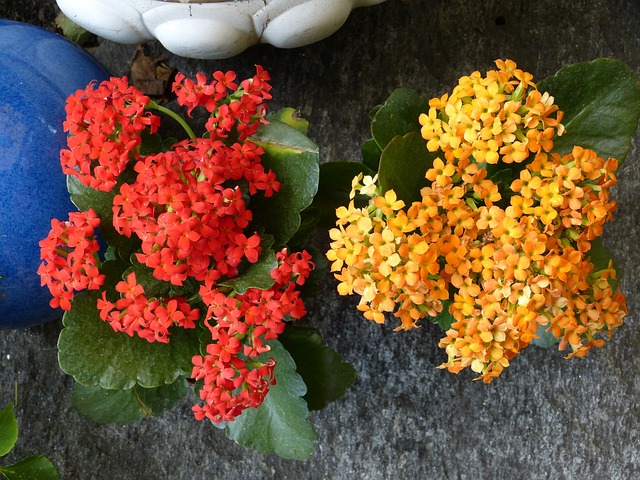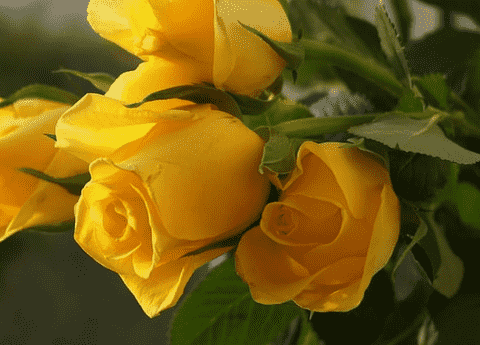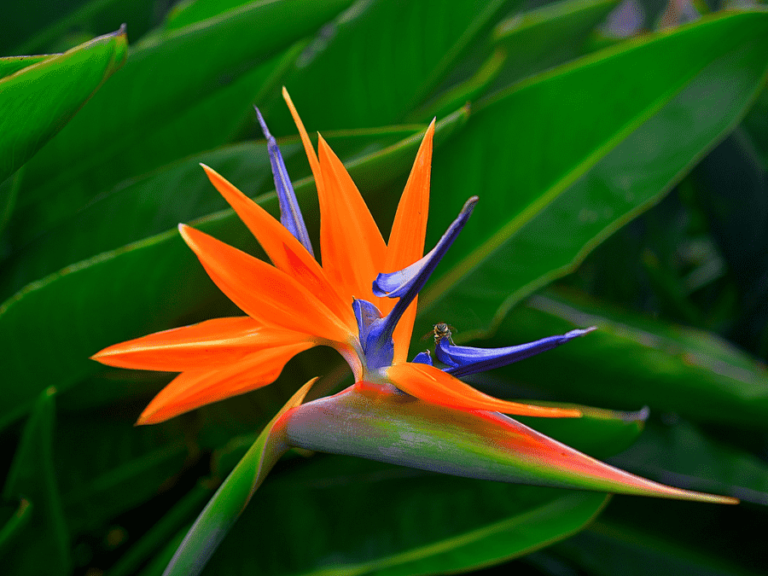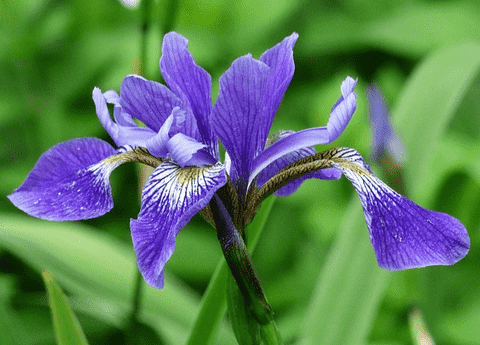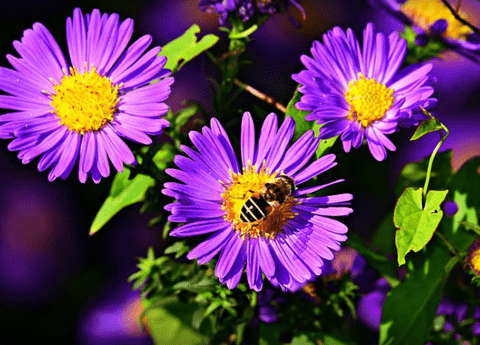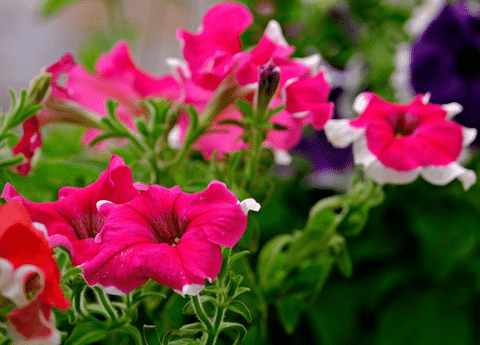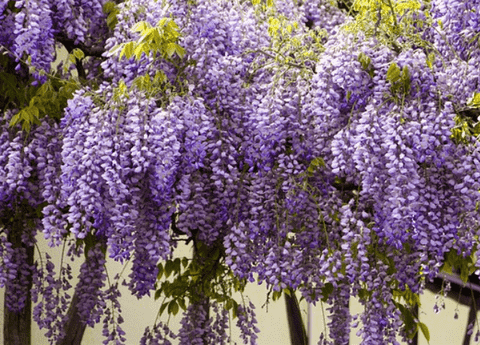How to Grow Kalanchoe Blossfeldiana: Expert Gardening Tips for Beginners
Table of Contents
Kalanchoe Blossfeldiana, a vibrant and resilient succulent, has become a favorite among gardening enthusiasts and home gardeners alike. Known for its striking, long-lasting blooms and easy maintenance, this plant is an excellent choice for both indoor and outdoor spaces. Whether you are a novice gardener or an experienced plant lover, understanding the nuances of Kalanchoe Blossfeldiana care is essential for ensuring its healthy growth and abundant flowering. In this guide, we will delve into expert gardening tips on how to grow Kalanchoe, providing you with all the knowledge you need to successfully care for Kalanchoe Blossfeldiana.
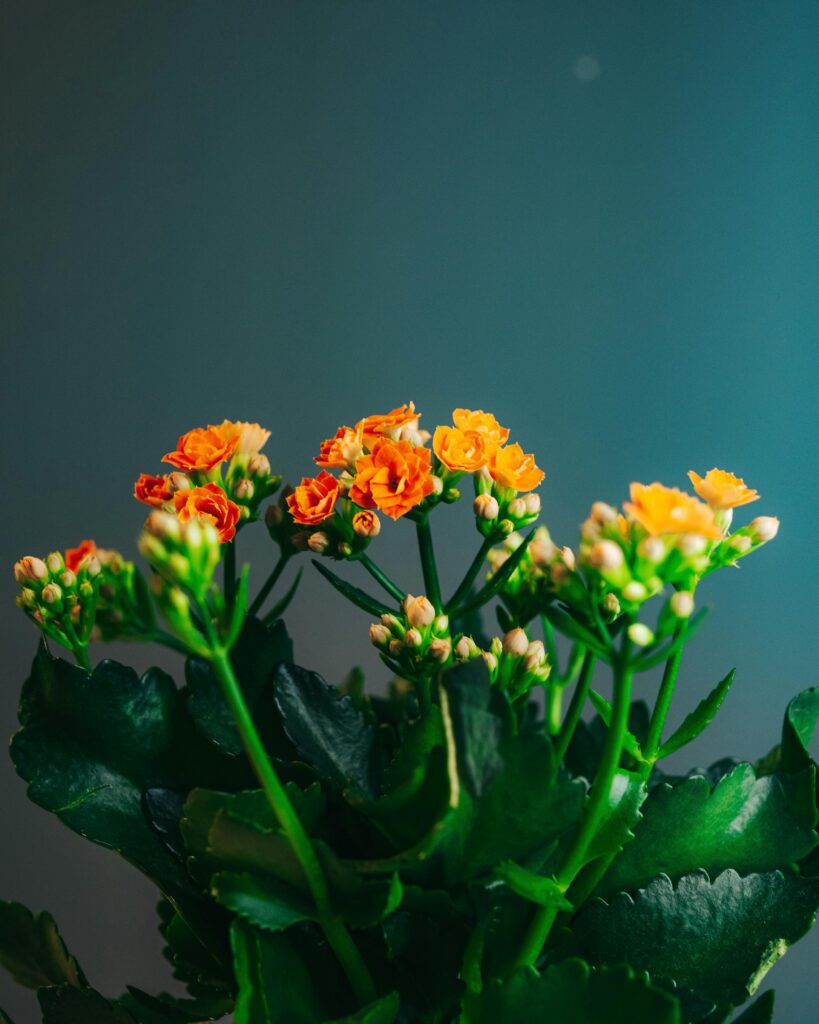
Introduction to Kalanchoe Blossfeldiana
Why Choose Kalanchoe Blossfeldiana?
Kalanchoe Blossfeldiana stands out due to its vibrant, long-lasting flowers that can brighten up any space. This succulent is available in a variety of colors including red, pink, yellow, and white, making it a versatile choice for home decor. Additionally, it requires minimal care, making it perfect for beginners. Its ability to thrive in diverse environments—both indoors and outdoors—adds to its appeal. Furthermore, Kalanchoe Blossfeldiana has a natural resistance to pests and diseases, reducing the need for constant monitoring and maintenance. Lastly, this plant is not just visually pleasing; it also contributes to improved indoor air quality. Choosing Kalanchoe Blossfeldiana means opting for a low-maintenance, aesthetically pleasing, and health-enhancing plant that can thrive with basic succulent care. This makes it a top choice for gardening enthusiasts of all levels.
Benefits of Growing Kalanchoe
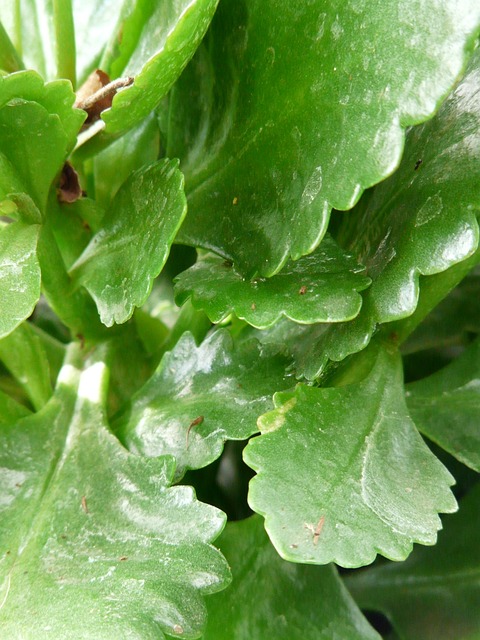
Growing Kalanchoe Blossfeldiana comes with numerous benefits. Firstly, its long-lasting blooms provide continuous color and beauty, often lasting several weeks to months. This extended bloom cycle means you get more visual enjoyment with less effort. Secondly, the plant’s succulent nature makes it highly drought-tolerant, reducing the frequency of watering. This is ideal for those with busy lifestyles or for environments with limited rainfall. Thirdly, Kalanchoe is known for its air-purifying qualities, which can improve indoor air quality by removing toxins. Additionally, its compact size makes it a versatile choice for small spaces, including apartments and offices. Finally, Kalanchoe is relatively easy to propagate, allowing you to expand your collection or share with friends. These benefits make Kalanchoe Blossfeldiana a practical and attractive addition to any gardening setup, especially for those new to plant care.
Ideal Conditions for Growth
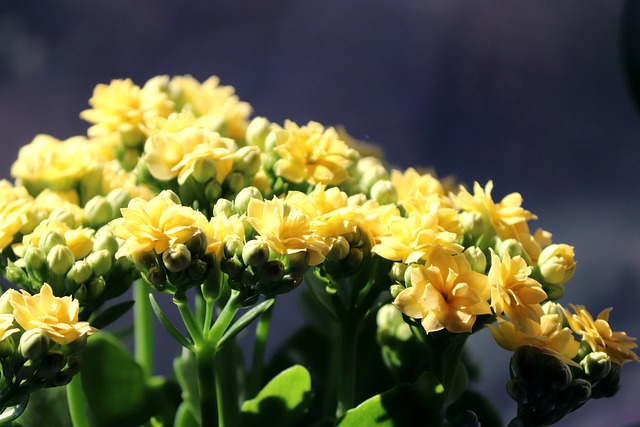
For optimal growth, Kalanchoe Blossfeldiana requires specific conditions. Firstly, it thrives in bright, indirect sunlight. While it can tolerate some direct light, too much can scorch its leaves. Aim for morning sun or filtered light to keep it healthy. Secondly, the ideal temperature range is between 60°F to 85°F (15°C to 29°C). This makes it suitable for most indoor environments. Thirdly, well-draining soil is crucial. A cactus or succulent mix works best to prevent root rot. Additionally, moderate humidity levels are preferable, although Kalanchoe can adapt to lower humidity. Watering should be done sparingly; the soil should dry out completely between waterings to mimic its natural arid habitat. Finally, occasional fertilization during the growing season can promote blooming. Using a balanced, water-soluble fertilizer once a month is sufficient. These conditions ensure that your Kalanchoe Blossfeldiana will flourish, providing vibrant blooms and robust growth.
Essential Care Tips
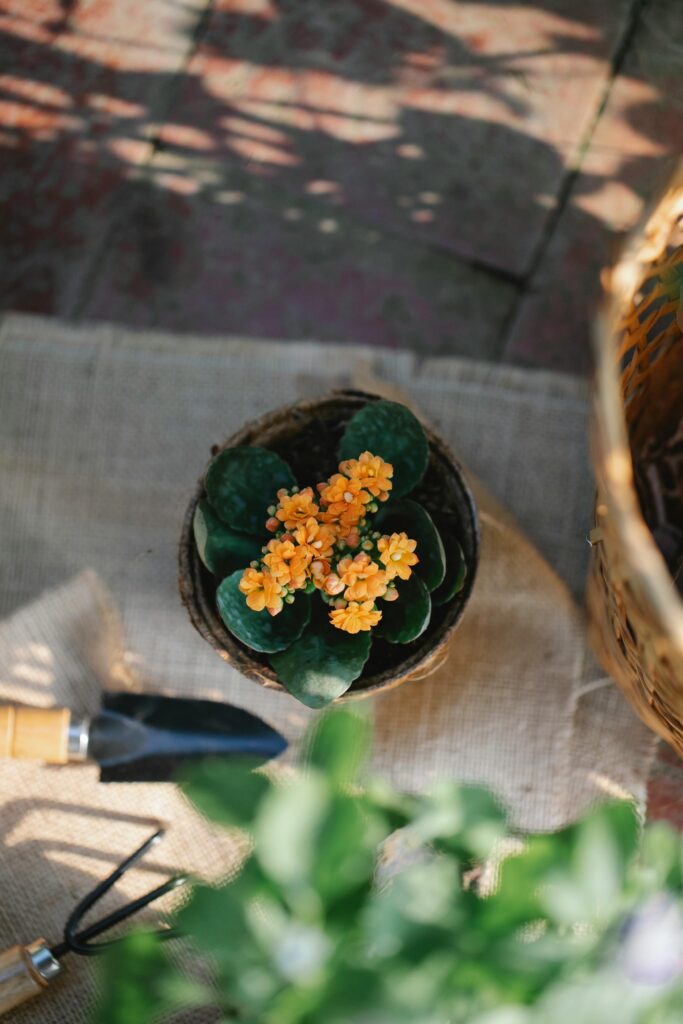
Soil and Potting Requirements
When it comes to soil and potting, Kalanchoe Blossfeldiana has specific needs to ensure healthy growth. The most crucial factor is well-draining soil. A commercial cactus or succulent mix is ideal as it prevents water from pooling, which can lead to root rot. If you prefer to make your own mix, combine regular potting soil with perlite or sand to enhance drainage.
Choosing the right pot is equally important. Choose a pot with drainage holes to let excess water drain away, helping to maintain the ideal moisture level for the roots. Terracotta pots are an excellent choice as they are porous and allow for better air circulation around the roots.
When potting, ensure the plant is not buried too deeply. The stem base should align with the soil surface. Repotting is generally needed every two to three years to refresh the soil and provide more space for growth. Following these soil and potting guidelines will help your Kalanchoe thrive.
Watering and Humidity
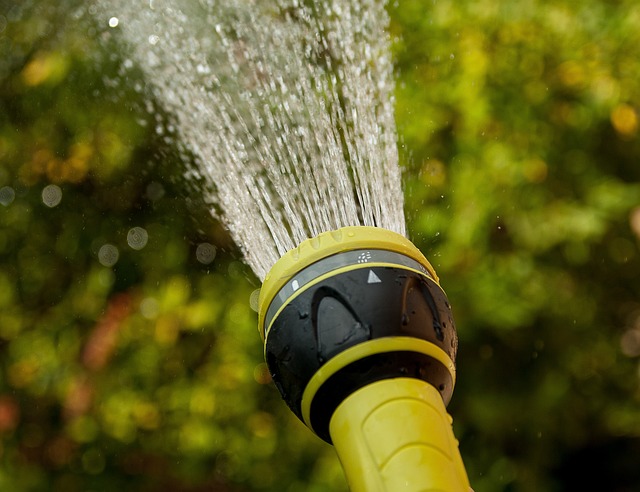
Proper watering is vital for the health of your Kalanchoe Blossfeldiana. These succulents require a ‘soak and dry’ method. Water the plant thoroughly until water drains out of the bottom of the pot, then allow the soil to dry completely before the next watering. Excessive watering is a frequent error that can cause root rot. To assess the soil moisture, press your finger about an inch into the soil. When the soil is dry at that depth, it’s time to give your plants some water.
In terms of humidity, Kalanchoe is quite adaptable. It thrives in typical household humidity levels, which range between 30-50%. There is no need for additional humidity, making it an excellent choice for indoor environments. If you live in a particularly dry climate, occasional misting can help, but it’s generally unnecessary.
By adhering to these watering and humidity guidelines, you’ll ensure your Kalanchoe Blossfeldiana maintains its vibrant blooms and robust health.
Light and Temperature Preferences
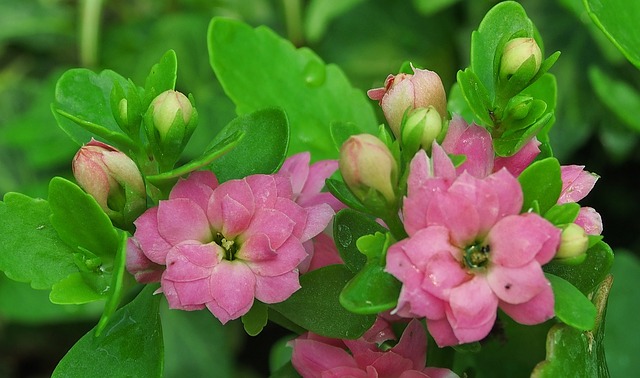
Kalanchoe Blossfeldiana thrives in bright, indirect sunlight. While it can tolerate some direct sunlight, especially in the morning, too much intense light can scorch its leaves. Place your plant near a window that receives plenty of natural light but avoid the harsh, midday sun. If natural light is limited, a grow light can be a suitable alternative.
Temperature is another crucial factor. Kalanchoe prefers a temperature range between 60°F to 85°F (15°C to 29°C). It is not frost-tolerant, so if you are growing it outdoors, ensure to bring it inside before the temperature drops below 50°F (10°C). Sudden temperature fluctuations can stress the plant, leading to poor growth and reduced flowering.
By maintaining these light and temperature conditions, you will create an optimal environment for your Kalanchoe Blossfeldiana to flourish, ensuring vibrant blooms and healthy foliage throughout the year.
Common Issues and Solutions
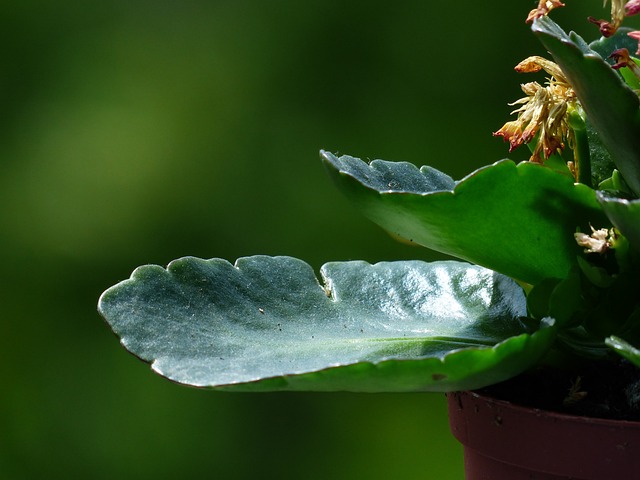
Pests and Diseases
Kalanchoe Blossfeldiana is generally resilient, but it can still fall prey to certain pests and diseases. Common pests you might encounter are aphids, mealybugs, and spider mites. You can manage these insects by wiping the leaves with a damp cloth or applying insecticidal soap. Regularly inspecting your plant will help catch infestations early, making them easier to manage.
Disease-wise, root rot is the most prevalent issue, often caused by overwatering or poor drainage. To prevent root rot, ensure your soil is well-draining and that you follow the “soak and dry” watering method. If root rot does occur, trim away the affected roots and repot the plant in fresh soil.
Fungal infections can also affect Kalanchoe, particularly in overly humid conditions. Improved air circulation and reduced humidity can help mitigate this risk. By staying vigilant and proactive, you can keep your Kalanchoe Blossfeldiana healthy and thriving.
Overwatering Problems
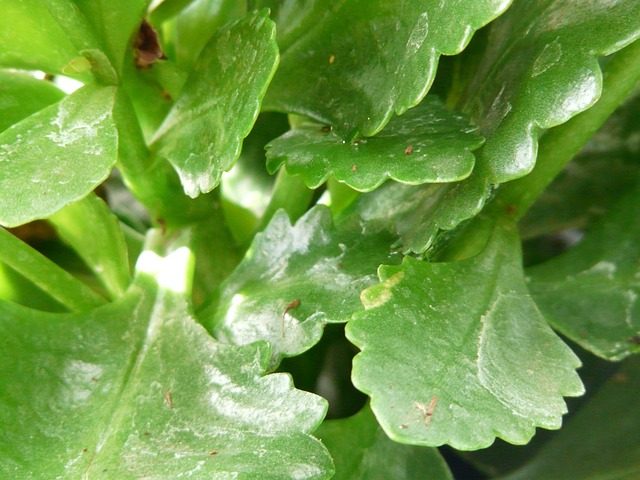
Overwatering is a frequent problem for those who care for Kalanchoe Blossfeldiana. This succulent is particularly susceptible to root rot, which can occur if the plant sits in waterlogged soil. Symptoms of overwatering include yellowing leaves, a mushy stem, and a general decline in plant health.
To avoid overwatering, always use well-draining soil and a pot with drainage holes. Stick to the “soak and dry” method: water thoroughly and then let the soil dry out completely before watering again. It’s better to err on the side of underwatering, as Kalanchoe is drought-tolerant and can recover more easily from lack of water than from excess moisture.
If you suspect overwatering, check the roots for signs of rot—dark, mushy sections indicate damage. Trim away these affected roots and repot the plant in fresh, dry soil. By avoiding overwatering, you can keep your Kalanchoe healthy and vibrant.
Pruning and Maintenance
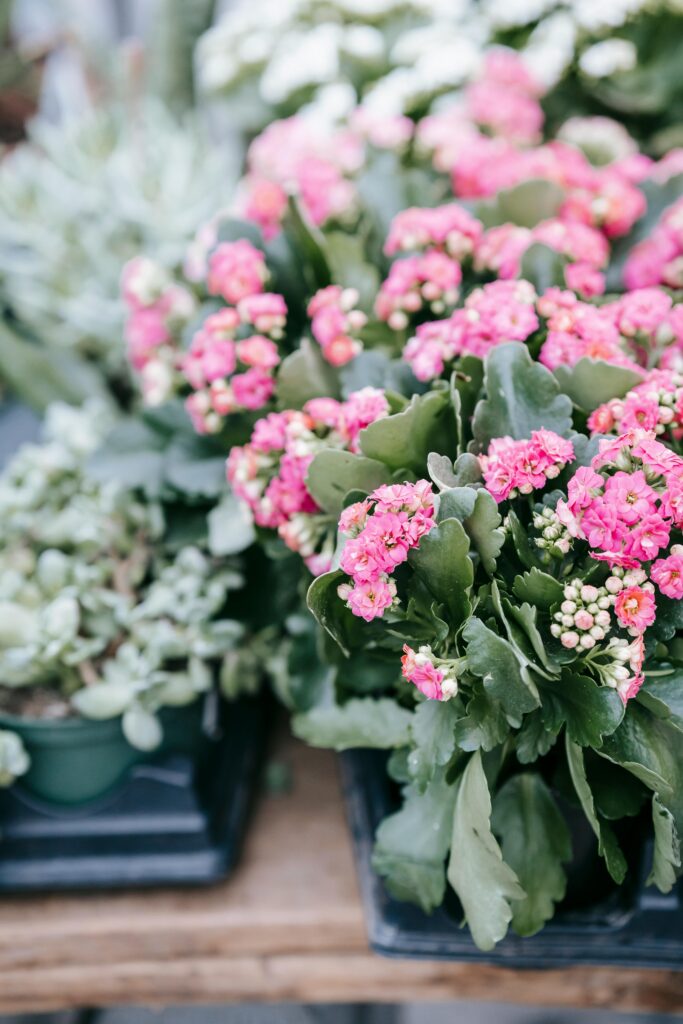
Pruning and maintenance are key to keeping your Kalanchoe Blossfeldiana healthy and attractive. Regular pruning helps to promote new growth and encourages more abundant flowering. Begin by removing any dead or yellowing leaves, which can attract pests and diseases. Use sharp, clean scissors or pruning shears to achieve smooth, precise cuts.
After the blooming period, trim back the flower stalks to the base of the plant. This not only tidies up the plant but also directs its energy towards new growth rather than seed production. If your Kalanchoe becomes leggy or overgrown, don’t hesitate to prune it back to maintain a compact shape.
Maintenance also involves occasional cleaning. Dust can accumulate on the leaves, blocking sunlight and impeding photosynthesis. Lightly clean the leaves with a damp cloth to maintain their health and appearance.
By incorporating regular pruning and maintenance into your care routine, you’ll ensure that your Kalanchoe Blossfeldiana remains vibrant and flourishing year-round.

